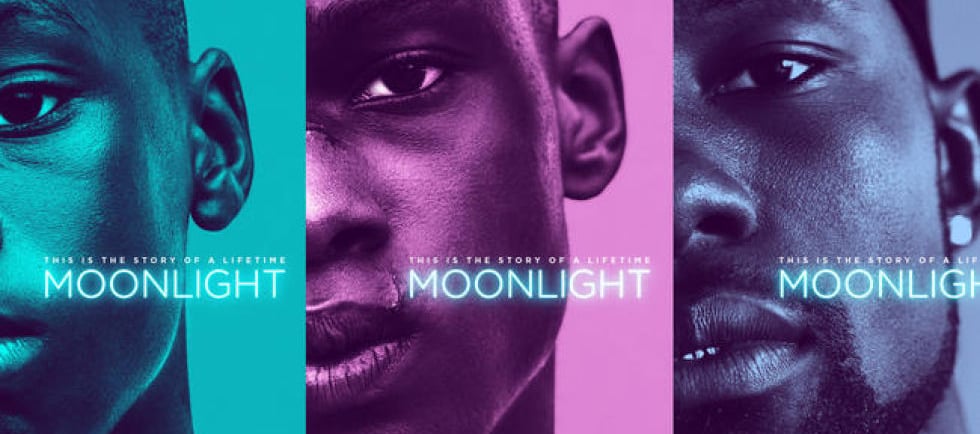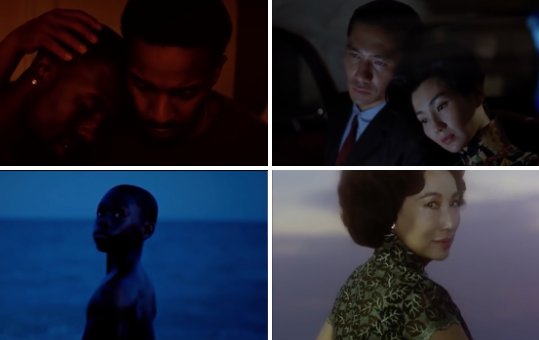Moonlight (2016): A Powerful Look at Black Identity and the Search for Belonging
Explore Chiron's complex coming-of-age as a young black man in 'Moonlight.' See how identity, class, and sexuality intertwine in a world that challenges his sense of self. A film about finding your place, even when the world feels against you


In Moonlight it shows Chiro's journey as a gay, lower-class black individual facing intersectional identity. Initially, Chiron, a sensitive and isolated boy, receives disgracing from his friends and mother, revealing the endless discrimination within the same racial group. This scene shows the schism between Chiron as a "subordinated individual" and dominant male figures who value strength and brutality. In Moonlight, when Juan advises Chiron that "at some point, you gotta decide who you want to be," it emphasizes their father-son relationship, further highlighting their similarities in the film's representations as an African-American who lives in a lower-class environment and a toxic masculinity society. Thus, the "aesthetic choices'' may become a film's political statement . Furthermore, the aesthetic is expressed through "lighting, coloring, framing" .
Remarkably, Moonlight's color editing is highly inspired by Kwang Kar Kwai by color choice and natural light sources to convey atmosphere and symbolism. In the first meeting between Juan and Chiron, the dark blue editing represents Chiron's distrust toward Juan, while it contrasts with Chiron's white shirt, which suggests his innocence. This scene foreshadows Juan's illuminating influence on Chiron's self-revelation. Later, the use of lighter colors in the scenes between them enhances their father-son relationship. In contrast, when Pula scolds him with her glows a dark pink color, representing her mistreated maternal relationship. Hence, Chiro's innocence contrasts with his impure surroundings.


A24 and Wong Kar-wai's Shared Cinematic Language